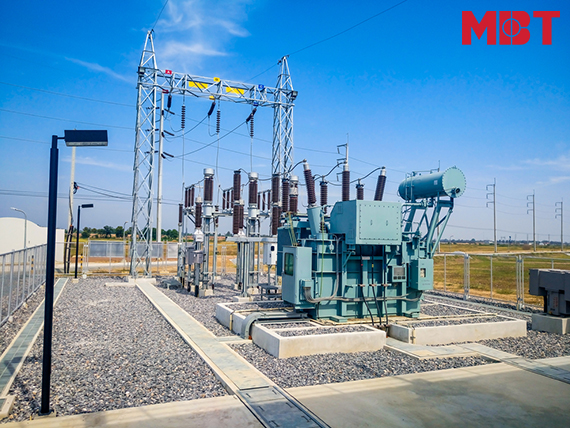What Is A Substation Transformer?
A substation transformer is a device that converts AC power to DC power. This type of transformer is used in the electrical distribution system, especially when three-phase or single-phase power is needed on a large scale.
A substation transformer is housed within a building or substation and may be controllable by an external entity, such as an electric utility or rail operator.
There are two types of substation transformers: line-voltage and circuit-breakers. The first turns power between 110/220 volts into 3 phases, while the second will step down from 220V to 115 volts for distribution to each individual household and business in the area.

Image Source Google
Transformers are also used to change the type of power being delivered, like changing from alternating current to direct current when generating electricity at a power plant.
How do substation transformers work?
A substation transformer is a machine that converts alternating current (AC) into direct current (DC). This is done using the principles of electromagnetism and Faraday's law. A substation transformer takes input from an AC power plant, such as a hydroelectric dam or coal-fired power plant, and converts it to DC. This DC power can then be used by homes and businesses in the area.
Substation Transformers Types
There are three main types of transformers: primary, secondary, and tertiary. Primary transformers take the direct current (DC) from a power source and change it into alternating current (AC). Secondary transformers take the AC and change it back into DC. Tertiary transformers take the DC and change it into another type of AC, like 60Hz or 120Hz.